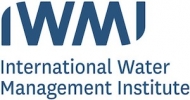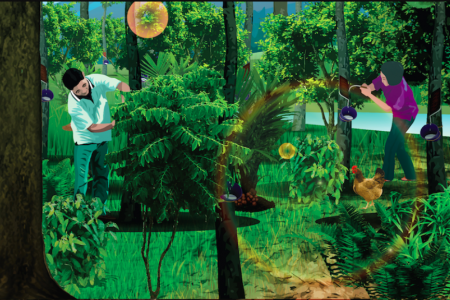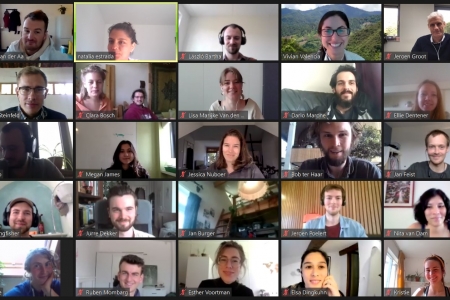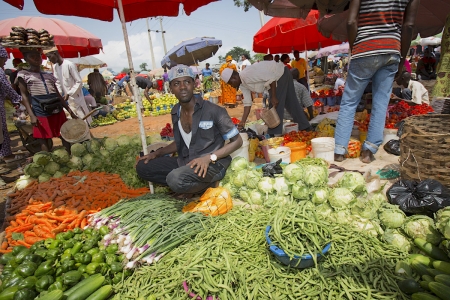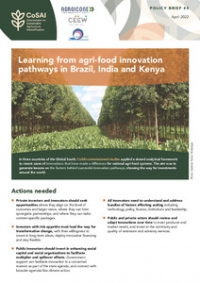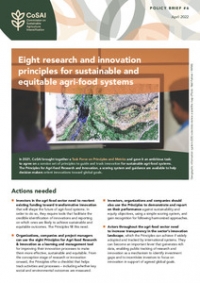As Myanmar develops, the relationship between the stakeholdersof the Salween River and the underlying biophysical system is changing. New stakeholders are emerging with new values and needs and placing new demands on the river and new pressures on the integrity and health of the system. In this context, efforts to understand the health of river ecosystems and the values which different stakeholders ascribe to the goods and services derived from the river system will help set a bench mark of how development decisions at the national, provincial and local level will impact different user groups. Understanding river health requires monitoring of spatio-temporal trends in the river’s ecological condition and its capacity to continue to provide users with the goods and services they value. MK23 will draw on itspartner’s Mekong and global experience with River Health Frameworks (RHFs) to tailor a framework suitable for the Myanmarcontext, where conventional river monitoring is rarely available and government and community stakeholders need to draw on alternatives. The Myanmar RHF will also be an innovation to the field, exploring new opportunities for monitoring river health from space (remote sensing, global data-sets) and from the river bank (community-led citizen science techniques) to: (a) ensure understanding of the river is improved even in data poor contexts like Myanmar; and (b) enable stakeholders at all levels, from government sectors to community users, to engage in debate on river development and planning. MK23 has been developed in close collaboration with MK24. Both projects are proposed for implementation with the same national partners. The two projects will work in tandem to jointly develop a national RHF for Myanmar, which uses GIS and remote sensing techniques to characterise trends in river health of relevance to national stakeholders from government, civil society and the private sector. The visions and needs for a healthy river system will be compiled from different river user groups. An assessment and classification system will be derived to determine the health status and potential of rivers as measured by the condition of specific biological, hydromorphological, physical and chemical elements. Basin scale assessments of current water resources utilisation, water balances and catchment disturbance will be derived through remote sensing. This information will be used to characterise and zone the river system, identifying both river health ‘hot spots’, comprising conflicting stakeholder values and uses; and ‘sweet spots’, comprising areas of exceptional ecological integrity and value. The basin wide assessment (including an evaluation of land-use) will be data and technology heavy and the project leaders will work closely with a new GIS/mapping unit established within the Myanmar Ministry of Environment and Conservation(MOECAF) to jointly undertake the assessment, handing over a valuable, organised, GIS knowledge base to a key government stakeholder in watershed management. Through a stakeholder-defined process, the project will also work at the riverbank level implementing community monitoring programs that enable local communities to understand and assess the health of the ecosystems which have been identified of high value to their way of life. MK23 will lead visioning exercises with Salween communities to identify priority reaches and ecosystem services for monitoring. Based on these visions, riparian communities located along designated reaches, will use effective, low-technology monitoring and survey techniques to establish river health baselines, indicators and pilot monitoring programs that reflect local concerns and priorities. The selection of indicators, at the different scales, will be guided by their relevance to important environmental/livelihood assets and values, and their likely response to different drivers of change. These pilots will be selected to reflect the breadth of varied uses of the Salween system with some focussing on water quality and sediment issues, others on benefits from key habitats such as wetlands and riverbank garden, and others on aquatic products such as fish. The visions for a healthy river held by women will be explored through community focus group discussions, leading into the monitoring of the preferred indicators thatreflect this women's vision of river health. A specific study will draw together the uses and dependencies of a healthy river by women and children, and the RHF resource kit will contain sections on developing gender-orientated river health monitoring.
menu

